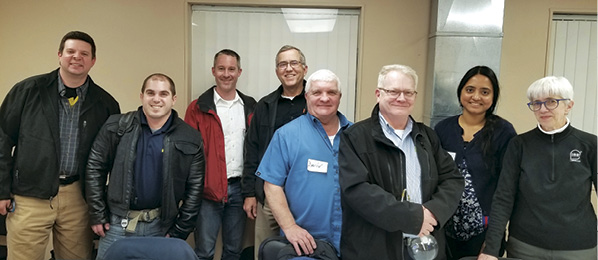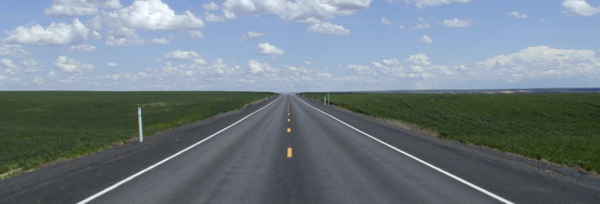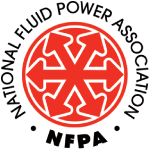Contamination Control Standards Group Moves Forward on Filter Standards

The U.S. Technical Advisory Group (TAG) on contamination control met this past week in Ann Arbor, Michigan to continue its work on several filter-related ISO standards. The projects covered a variety of contamination topics, but two standards covering methods and calibration came to the forefront:
Prior to the meeting, several committee members representing seven labs met at IBR Laboratories to conduct an interlaboratory study on ISO 4405, Determination of particulate contamination level by the gravimetric method. This standard has not been updated since 1991. The objective of the study was to have each lab demonstrate their ISO 4405 technique and come up with a U.S. best practice to present to ISO-counterparts for inclusion in a possible ISO 4405 update. The TAG discussed several changes to take into consideration:
- Change the validation procedure to use fine test dust;
- Use three different suspensions to better ascertain the errors at various concentrations;
- Recommend a method that is outcome based using validation procedures rather than prescribing the solvent (because not all solvents are available in all regions);
- Include solvent/fluid compatibility;
- Incorporate a definition around the membrane/pore size rating in use; and
- Add a solvent to sample ratio ranges in the validation procedure.
The TAG is in the process of drafting new technical procedures that can be incorporated into the ISO 4405 standard. The findings will be circulated this summer to the broader ISO fluid power community.
- Work also continues in the revision of ISO 11171, Calibration of automatic particle counters for liquids. Updates include:
- Major revisions are being made to include threshold settings for calibration specified with an equation in the current version.
- Use of the Bezier cubic spline method was decided at the last TC 131/SC6 meeting, but the appropriate name has been updated to the “constrained cubic spline” method.
- The current version of ISO 11171 specifies a minimum of 16 sizes to interpolate sizes/thresholds for primary and secondary calibrations. Three different samples must be taken, resulting in average error of 14% down to <1%, max error of 52% down to ~1%. Minimum count 1.5x noise, 30-micron max, and calculate a constant K which determines the offset of sizes between these extremes.
- An Excel program example was shown, which has threshold settings from highest to lowest, including the latex sphere range from 30-70 microns.
A round robin is going on in parallel with the revision to define the consensus standard. Results will be included in the final draft.





